--25o Studebaker camion laitier [Studebaker Milk Truck] (1949-1954)
The French Dinky Toys 25o Camion Laitier (Studebaker milk truck) is not yet mentioned in this forum. That's why I bring this model to the attention now.
First I show some pictures of my DT catagues collection and at the end I show the pictures of the real model 25o that I bought.
It appeared for the first time in 1949 in the French DT catalogue, in 1951 in the Dutch and around 1954 as an additional leaflet in the USA catalogue. It's a very lovely model.
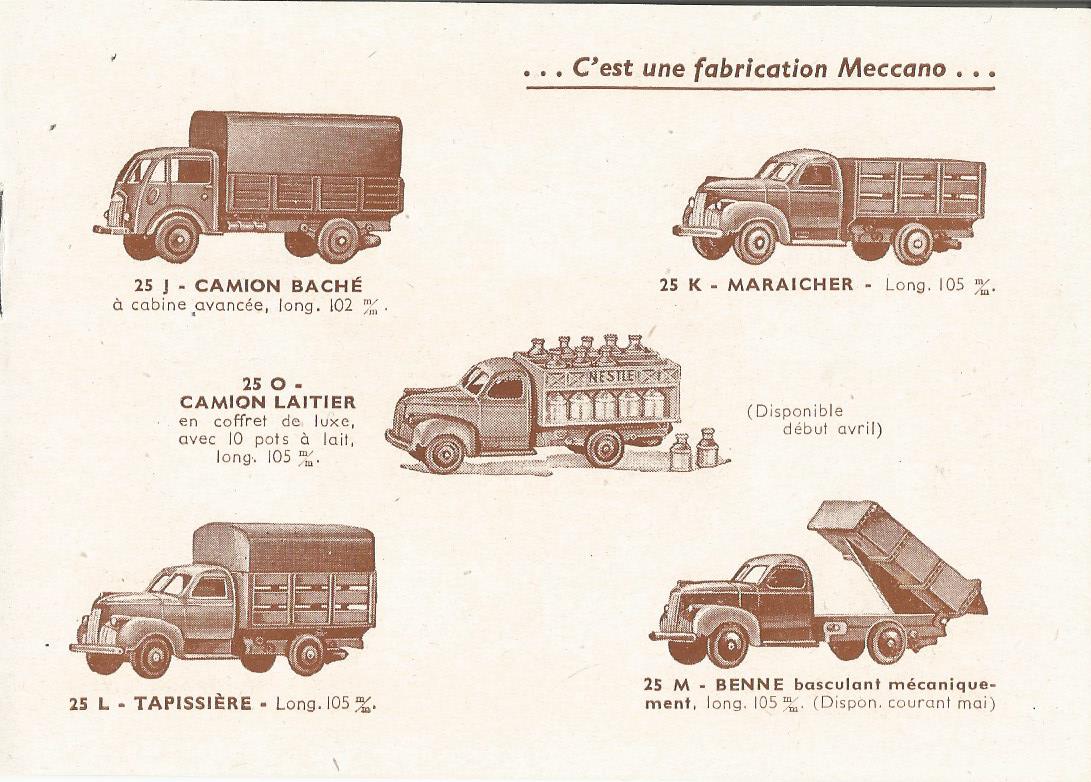
1949 French Dinky Toys catalogue

1951 Dutch Dinky Toys catalogue with French 25o

1954 Dinky Toys additional leaflet USA with French 25o
I have lived between two farms in the North of The Netherlands and that's the reason why I collect most farm-related models. I always try to get the first edition of a model and did not want to buy a reproduction of Atlas editions, although these are much cheaper.
According to Roulet my French 25o model must be a first edition. It was issued with a unique red cardboard luxury box in French style in which you can store the car like a garage. On the lid is a unique triangular label with the model number of Dinky Toys Meccano.

1950 French Dinky Toys catalogue with coffret de luxe 25o Camion Laitier
This early model was issued april 1949 with black painted total metal wheels !!! and the gap on the left side before the crank of a tipper was in this early version closed with a plate !!! (Just visable on the pictures of the 1949 French and 1951 Dutch Dinky Toys catalogue).
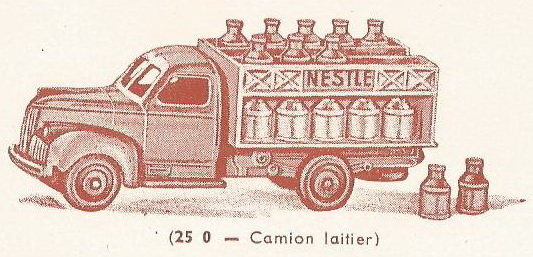
1949 French Meccano catalogue with 25o close up. You see clearly the plate in the gap.
Roulet unfortunately does not show pictures of model 25o with a closed gap on the left side of the truck. Do members perhaps have a picture of this model with closed gap? Remarkable that my model does not have the usual plate to close the gap of the crank on the left side, while it does have the black painted metal wheels. Is my 25o with open gap perhaps a new variation of this early model? The 1953 French and Dutch DT catalogue shows the 25o with an open gap on the left side. I am absolutely not a specialist in this field.
Who can tell more about the specifics and variations of this model?
I have also added some beautiful graphic drawings out of my French Meccano and Dinky Toys catalogues collection.
Jan Oldenhuis (703)

1953 French Dinky Toys catalogue with 25o and 25m

1953 Dutch Dinky Toys catalogue with French 25o

A beautiful graphic drawing in the very rare 1951 French Meccano leaflet with Dinky Toys

An other graphic drawing in the same very rare 1951 French Meccano leaflet with Dinky Toys

Family of the real one - 1947 Studebaker M16 Heavy Duty Truck.
Hi Jan, a delightful, well documented contribution. And certainly a lovely model. I agree with you as the original model is concerned. Although Atlas does a great job, such an original undoubtedly has considerably more 'character'. I wonder if you could send me a hires image of the 1950 catalogue page with the 27ac (which has such a very nice box too). I would be very grateful.
Met vriendelijke groet, Jan W
Thanks Richard. Clearly you see the differences in the windows. Thanks for the pictures in your contribution.
Regards, Jan O
Jan---what a wonderful, nice early example you have. I have always loved these Studebaker trucks, as they seem to have so much natural character in their design, and Meccano did a nice job with the various versions. The Milk Truck has always been one of my favorites, but I only have the Ford version at present. Very nice article also, with your many catalog images and background information.
Regards, Terry
Terry. Indeed the Studebaker and Ford milk trucks are very lovely models and Meccano France did a nice job with these models. My version with black metal wheels was issued for a very short time, from april 1949 till november 1949 (7 months), when they became "M" tyres. So they are very hard to find. Terry, thanks for your nice comment.
Regards, Jan.
Jan----I agree that both the Studebaker & Ford trucks made a very nice and interesting series of models that are very collectible. I also find it interesting and a little strange that there was so much overlap between the two series of trucks.....they shared most, but not all rear cargo areas, with each one having some unique rear cargo areas. I now have most of the Ford's, but need to focus more on the Studebaker's.
Best regards, Terry
I hope Jacques Dujardin or someone else can answer my question in this topic.
It's very remarkable that Meccano Paris in the early production made so much effort to close the hole of the crank on the left side of the French 25o and other models of the French 25 series. As far as I know, Meccano Liverpool never done this with the Bedford's and the Commer, not in another way than total deleting of the hole in the cast later on.
I wonder how long Meccano Paris did do this effort in this way. I know that there are drawings of UK models present. Are there also drawings of the French model 25o or other paperwork present from which this is to reconstruct? I think it should have been a very short time of a few months ??? because my model with metal wheels has already been issued with an open hole on the left side before the changing in "M" tyres in november 1949.
In the meantime I received a photo of a French model 25K (similar to 25o), of which the paint on the plate is scraped. Jacques, maybe this is a good picture of an original scraped plate for your encyclopaedia ??? in return for your expertise in these questions?? ![]() I would be very grateful.
I would be very grateful.
Best regards and wishes to all members,
Jan Oldenhuis (703)
Dear Jan,
The plate on the crank hole seems to have been fitted to the first manufacturing run of the non tipping Type 1 Studebakers only The type 1 was made between 1949 and 1950. So those with the plate should all be from 1949.
The plate was attached to the chassis before painting and of course be of the same colour including the rivet.
On your picture, the rivet does not look original. Unless I can have the model in hand, I can not say for sure and I can not include the pictures in the Encyclopaedia. Also the plate does not seem to be original. See picture.

Ok Jacques.
Thank you for your contribution. Looks like there are still remnants of red paint to the plate and the plate can be shifted something by scratching, but I have no example to compare with an original. Many thanks.
Comparison of type 1 and type 2 of the French Dinky Toys 25o Camion Latier (Studebaker Milk Truck).
Amazing how much differences can be found between type 1 and type 2. Look at the pictures and discover the differences.
I made a scheme of differences for myself but I did not succeed to copy the chart in this comment. Perhaps I will succeed later on.
I scanned the 2 pages of the scheme to a JPEG file and added it as pictures. I hope that it is good readable.
Best wishes for 2016 to all members,
10-1-2016
Jan Oldenhuis (703)
Note: After instructions of the technical webmaster Al Keeling I succeeded today to make the chart in the comment of the subject. Many thanks All. I deleted the 2 JPEG scans of the chart.
16-1-2016
Jan Oldenhuis
| Type 1 | Type 1 | Type 1 | Type 1 | Type 2 | Type 2 | Type 2 | |
| General features | General features | ||||||
| 1st version | 2nd version | 3rd version | 4th version | 5th version | |||
| 1 | All-metal black painted wheels; from November 1949 onwards M tyres with blue painted ridged hubs | Light blue; cargo body crème or white; all-metal black painted wheels | Light blue; cargo body white; M tyres with blue painted ridged hubs | Light blue; cargo body white or crème; M tyres with blue painted ridged hubs | M tyres with blue painted ridged hubs | Light blue; cargo body white or crème; M tyres with blue painted ridged hubs | Light blue; cargo body white or crème; M tyres with blue painted ridged hubs |
| 2 | Short big opening between the front bumper and fenders | Small sharp opening and deeper cut out between front bumper and fenders | |||||
| 3 | Bulging fenders | More enclosed fenders | |||||
| 4 | First issue closed crank hole with riveted plate left side in the same colour as the cast; later on open crank hole | Open crank hole left side | |||||
| 5 | Short mouldings side bonnet | Long and curved mouldings side bonnet | |||||
| 6 | Small front and side windows | Large well cut out front and side windows | |||||
| 7 | Tool-box on the right step in relief | Tool-box only represented by the outline | |||||
| 8 | Large moulding with large bonnet badge | Small moulding with small bonnet badge | |||||
| 9 | Base plate with hyphen between text Dinky-Toys | Base plate without hyphen between text Dinky Toys | |||||
| 10 | Ejector marks not visible | 2 ejector marks visible near the back axle |
|
||||
| 11 | Nestlé sticker | Nestlé sticker | Nestlé sticker | Without Nestlé sticker | Nestlé tampon | Nestlé sticker | Nestlé tampon light blue |
| 12 | Red plasticized cardboard lid box with upper blue triangular label; inner packing piece for 10 milk churns and room divider as a garage | Red plasticized cardboard lid box with yellow front label; inner packing piece for 10 milk churns and room divider as a garage | |||||
|
13 |
DINKY TOY 25 O on blue triangular label instead of DINKY TOYS 25 O | DINKY TOYS 25 O on yellow label | |||||
|
Note: The hues blue of the whole chassis and cab and the colour white of the cargo body can vary significantly from one model to another. There may be more differences who are not listed. |
|||||||
Dear Jacques,
Through the DTCA website moving to a new server your explanations picture of the closed crank hole in your comment unfortunately disappeared.
I recently bought a Dinky Toys 25o Camion Laitier with type 1 cab, type 2 chassis with a closed crank hole that I had not yet. I'm still looking for a Dinky Toys 25o with type 1 cab, type 1 chassis with a closed crank hole.
How do you evaluate this 25o closed crank hole of my example in comparison to my pictures of the 25k Maraicher with scraped crank hole. In my opinion is my 25o an original.
2-5-2016
Jan Oldenhuis
Dear Jan,
Apparently, the software can not deal with your chart.
There is an other way to post it : turn it into a .jpeg file and post it. This poor site will be able to deal with that.
Kind regards.
Jacques.
Dear Jacques.
Many thanks for your advice. I followed your advice and the two pages of the chart are attached as JPEG photos.
Kind regards,
Jan
Jacques,
I have also added a photo of the French 25o Camion Laitier boxes type 1 and type 2 with the Studebaker models type 1 and type 2 in this topic.
Perhaps you have these pictures already. Otherwise, perhaps something for the Encyclopedia?
Regards, Jan.
Dear Jan,
First excuse me for the long delay to answer your posts.
Unfortunately, I have only two "Studebaker laitier", one of which has been visibly tampered with and it can not be trusted as the rear body has probably been changed by an other one.
In your interesting chart which I have had difficulties to print because of this very bad software, you are missing three important variations which are hiding under the spare wheel. Roulet does not mention these variations for each individual Studebaker but only as general information and without pictures his text is text is meaningless.

The numbers one and two had the type 1 cab and the number three had the type two cab.
Are there any type 1 chassis with M tyres ?
Are there any type 2 chassis with solid diecast wheels ?
I doubt that in 1949 the nice boxes were plasticised.
On the triangular label, the name DINKY TOY is written without an S at TOYS and this does not match the registered trade marque.
Jacques, thank you for your very interesting details and photos of the chassis.
To print the chart, you must download the image and save it. Then the image can only be printed. Far too cumbersome ofcourse.
In the format of the forum text is a tabel. I made the tabel in the text and I was a long time working on it, but in the preview the lines of the tabel were not visible, the text was under each other instead of in columns. I dared not save the text to see what would happen. It is now also cumbersome to make changes in the tabel. I shall Dave Kaun ask if this can be improved.
Regarding your two questions: My model with metal wheels is according my attached photo of type 2 chassis. So there is a type 2 chassis with solid diecast wheels.
Because my type 2 chassis still have been equipped with metal wheels there can not exist a type 1 chassis with M tires. Perhaps a type 2 chassis exist with M tires.
I think that type 1 chassis with type 1 cab is equipped with a closed crank hole, where we have already talked about, but I'm still looking for the proof.
Both French 25o boxes feel like plasticized. (I don't know how to call it in other words). A thin layer of shiny gridded plastic foil over the cardboard. What material is it according to you?
It is very curious that Meccano Paris stated on all triangular labels DINKY TOY 25 O CAMION LAITIER instead of DINKY TOYS 25 O CAMION LAITIER. However, the lettering of the original triangular label is always executed as Dinky Toy. All images of this box at Vectis mention DINKY TOY 25 O. The triangular labels on all reproduction boxes are also printed with DINKY TOY 25 O.
The yellow labels are well printed with DINKY TOYS 25 O. Is it true that the yellow label has two different printings: C 'est une fabrication MECCANO (with acute accent) or C est une fabrication MECCANO (without acute accent)? I added 2 pictures from Ebay with Dinky Toys 25o type 2 boxes with this different yellow label.
I myself have still the following question that I did not yet found out: What types had the text Nestlé (with acute accent) and which Nestle (without acute accent)???
Jan Oldenhuis (703)
Dear Jan,
I have tried the "download link" but it does not work on a Mac or it saves the file somewhere where it can not be found. Clic and drag does not work either because the previous and next arrows are over the picture and not on the side.
So I have to make screens copies but as the pictures are larger than the screen, I have to make two pictures and to stick them together with photoshop before I can print them. ouf !
According to Claude Wagner, the crank hole plates were fitted to the original models (cab and chassis type 1) and on the early variation 1 (type 1 cab and type 2 chassis) until stocks of plates ran out. They were certainly not fitted at random as Roulet writes.
Evidence for the crank hole plate will be very difficult to find because there are no pictures showing this plate and the chassis type.
I have a good picture of the yellow label without the apostrophe, there may be labels with it but I do not have any evidence. Claude Wagner also states that the later boxes had labels printed with "CAMION LAITIER" in thiner letters. This label may have the apostrophe but again, I have no evidence.
The E without an accent is not mentioned by either Claude Wagner or Roulet, it could be hearsay from some one who had a damaged model on which the accent had gone. Again, where is the evidence.
Be very careful when reading Roulet, his French is so bad that he describes the milk truck and some other as tippers and one does not understand if the transfers are thick or the letters on it are bold !
Recently I found a 1st type chassis of the French 25o Studebaker Camion Laitier with iron wheels and closed crank hole, complete with ten milk churns, without box (but I already had that) and in a very good condition. I was a long time looking for it, but it is very difficult to find this version. I have already a 25o Studebaker with a 2nd and 3rd type chassis, but was inspired to find a 1st type chassis by the comments and photograph of three types of chassis through Jacques Dujardin earlier in this topic. For a complete summary I copy his photograph again in this comment and show close up pictures of all these 3 types of chassis that I have now. Besides, I really miss the expertise of Jacques and hope that he shall recover to come back in the forum.
The version with iron wheels and closed crank hole was produced briefly in 1949 from April to November, before the iron wheels were replaced by wheels with "M" tires. In that short time of production in 1949, the casting of the chassis was changed under the spare tire. A cross-beam was placed under the spare tire to strengthen the area round the spare tire, which apparently broke off too easy.
The 1st type chassis was therefore only produced in 1949 for a few months.
8-12-2016 Rotterdam Hoogvliet
Kind regards
Jan Oldenhuis (703)
Jan----Those are all such nice models in wonderful condition......what a nice collection you have of the early Studebaker Laitier. That latest one sure seems a different shade of color......have you seen any others like that?
Best regards, Terry
Hi Terry---I think the early ones had a lighter shade blue. I saw another one 1st type chassis on internet of which I show pictures of the left side and the base. On the pictures of the base you see that the spare tire is broken off. That might be the reason that they strenghtened that area round the spare tire with a cross beam. To see the difference in the shade of blue you must have them in the hand. It is more easy to see the colour differences of the loading platform between creme and white.
I show pictures of two early 25o Studebakers I have with metal wheels and closed crankhole. 1 with 1st type chassis and 1 with 2nd type chassis. Finally I show pictures of all the 25o Studebakers I have.
Regards, Jan Oldenhuis 11-12-2016
Table demonstration:
| Type 1 | Type 1 | Type 1 | Type 1 | Type 2 | Type 2 | Type 2 | |
| General features | 1st Version | 2nd Version | 3rd Version | General features | 4th Veresion | 5th Version | |
| 1 | All-metal black painted wheels: from November 1949 onwards "M" tyres with blue painted ridged hubs | Light blue, cargo body creme or white, all-metal black painted wheels | Light blue, cargo body while, "M" tyres with blue painted ridged hubs | ||||
| More info | |||||||
O.K. Al but how did you do it ?
I was explaining to another member by email but, yes.... if you click on the Table icon (first icon second row of the text editor) a formatting box appears. Add the number of columns and rows required. There are other options for padding and line thickness if you want to get experimental. Click OK and the editor will draw a table grid and you can enter your data into the cells. The cells will auto expand and space to hold the information. You will find if you right click on the table or a single cell, there will be table properties or cell properties that can be fiddled about with. But that's essentially how it works.
At the end of this topic I can't let it go to show and tell something about the models in this topic.
This is the milk truck from the area where I lived. A Fordson Thames. I lived between two farms. Every morning at 6 am I woke up. Than the farmer started his Ford tractor to go to his land to milk the cows and put the milk churns to the road. At 7 o'clock the Fordson Thames milk truck came to pick up the milk churns to bring them to the milk factory.
At a special way I came into possession of a GALAK / NESTLÉ milk churn.
From the countryside I started my job in the 60's as policeman at the police department of the city Rotterdam Feyenoord. I worked in the uniformed service and we often came along the milk factory of Galak / Nestlé, which unfortunately has to be closed. I was accosted by the gateman that there was a milk churn put separately for a colleague, but that the colleague did not show up. He asked me to take the milk churn with me for that colleague, but had to pay one guilder for it. He did not know the name of that colleague. I paid a guilder and put the milk churn into us mighty patrol car a Chevrolet C10. I could not figure out which colleague and since then, the milk churn got a place into the hallway of my house to store the coffee, tea etc. As a boy of 19 I learned very quickly in that area.
18-1-2016
Best regards to all members,
Jan Oldenhuis
Jan--A wonderful story & remembrance from long ago!
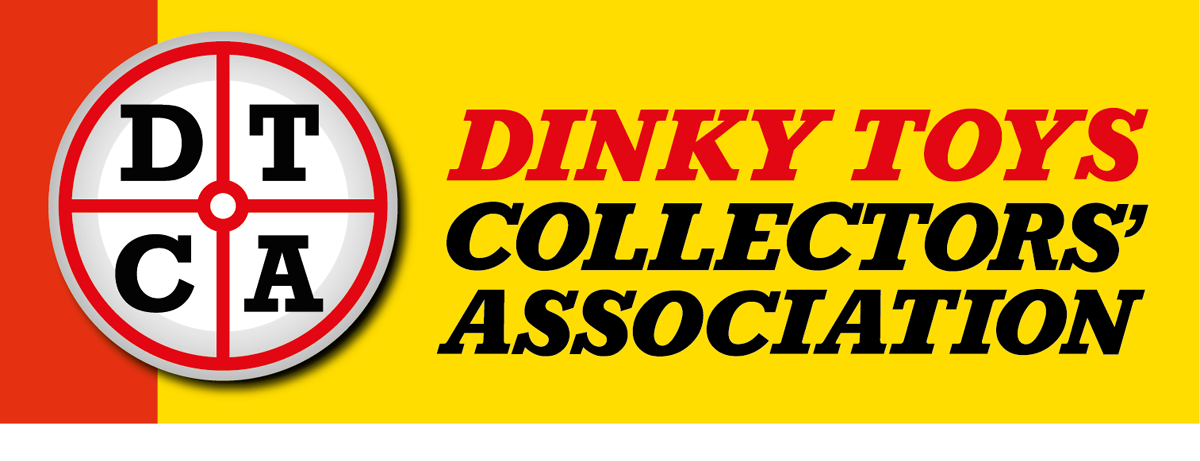

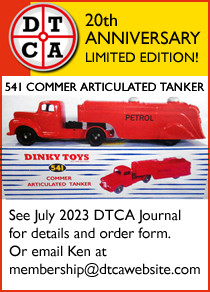








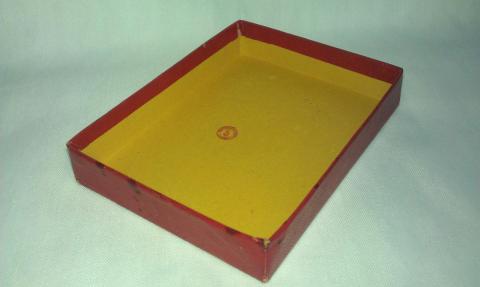
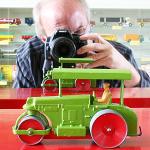

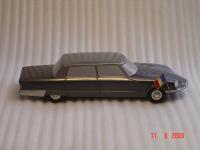


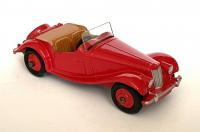


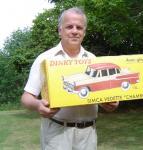


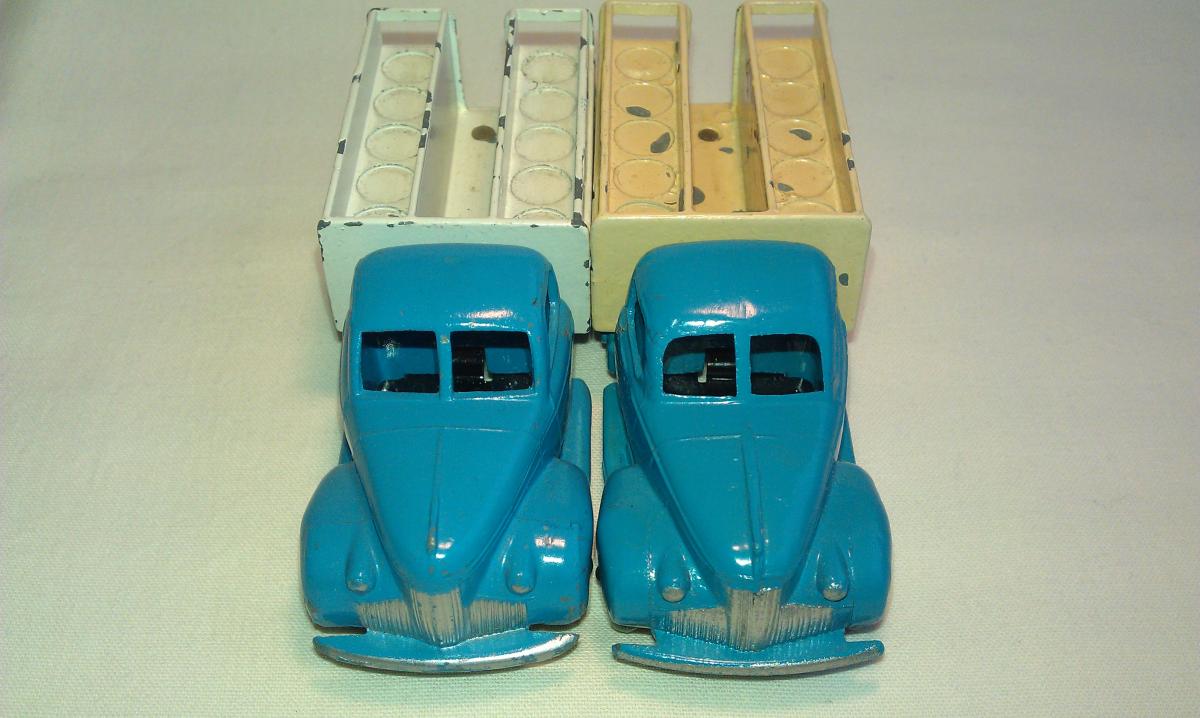

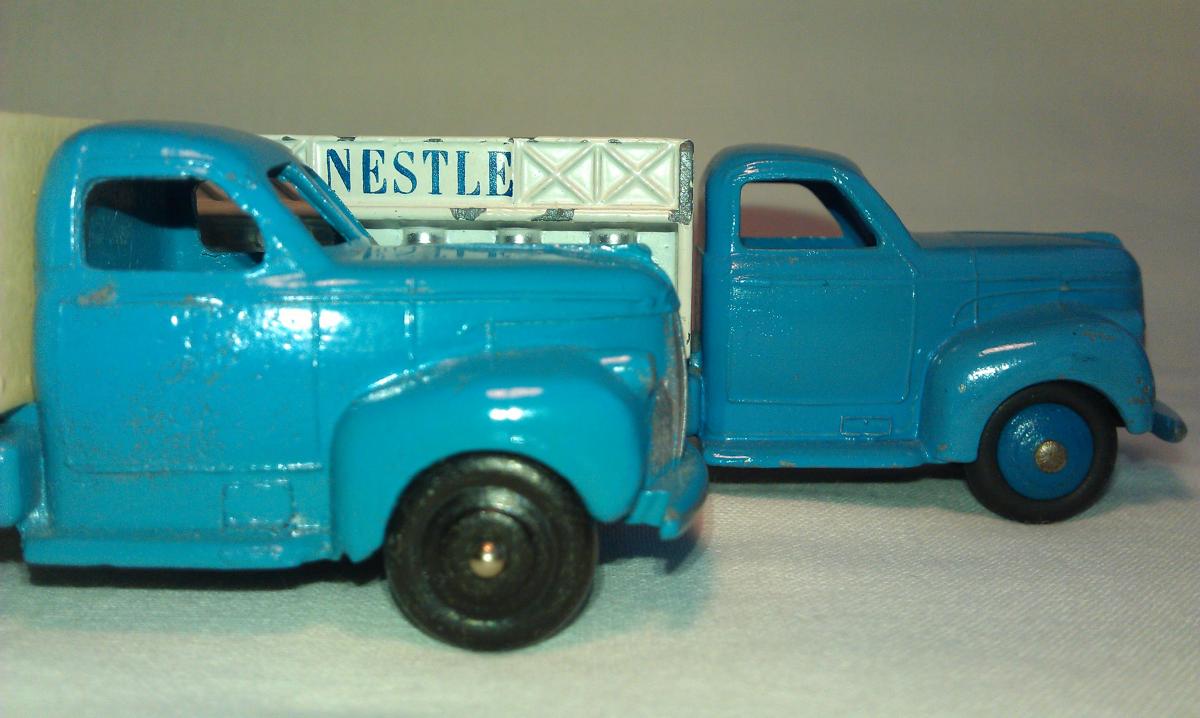









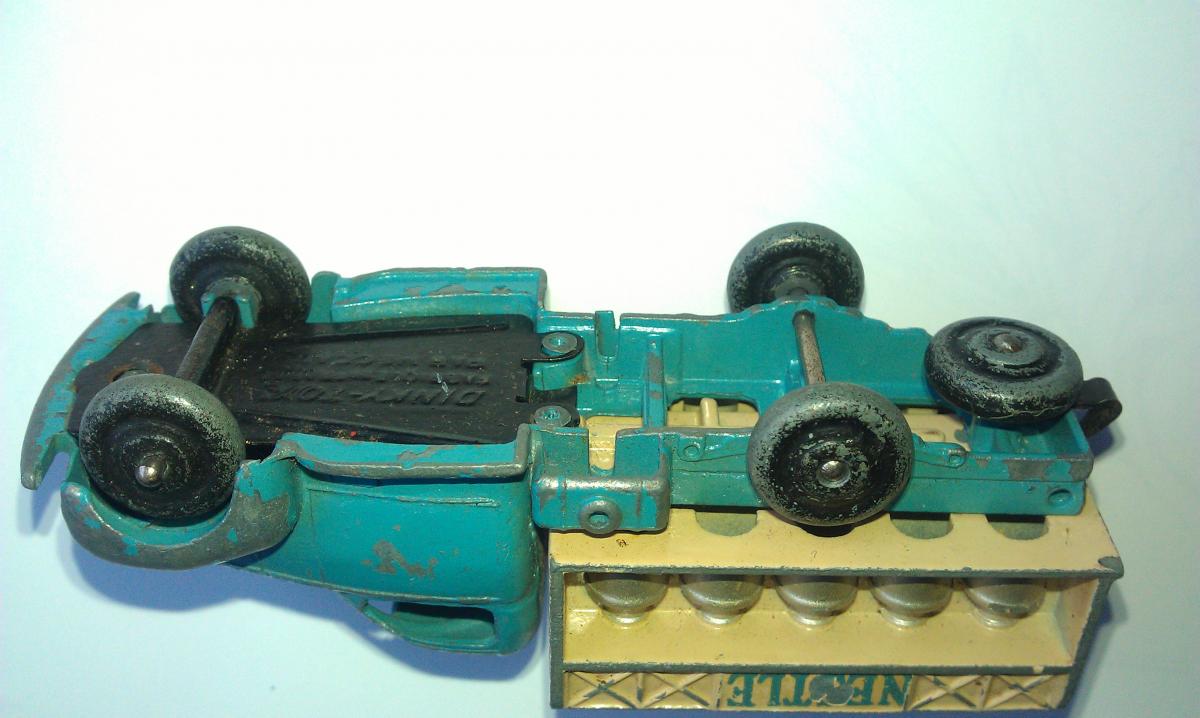


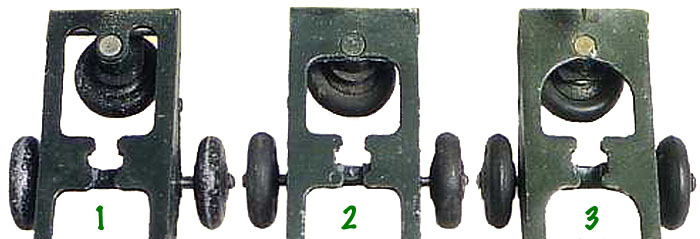


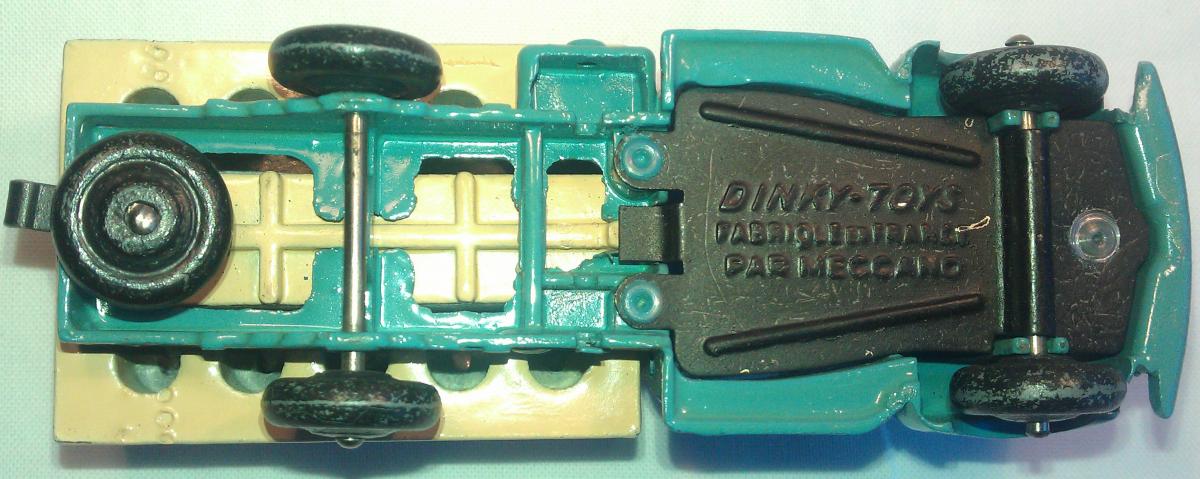


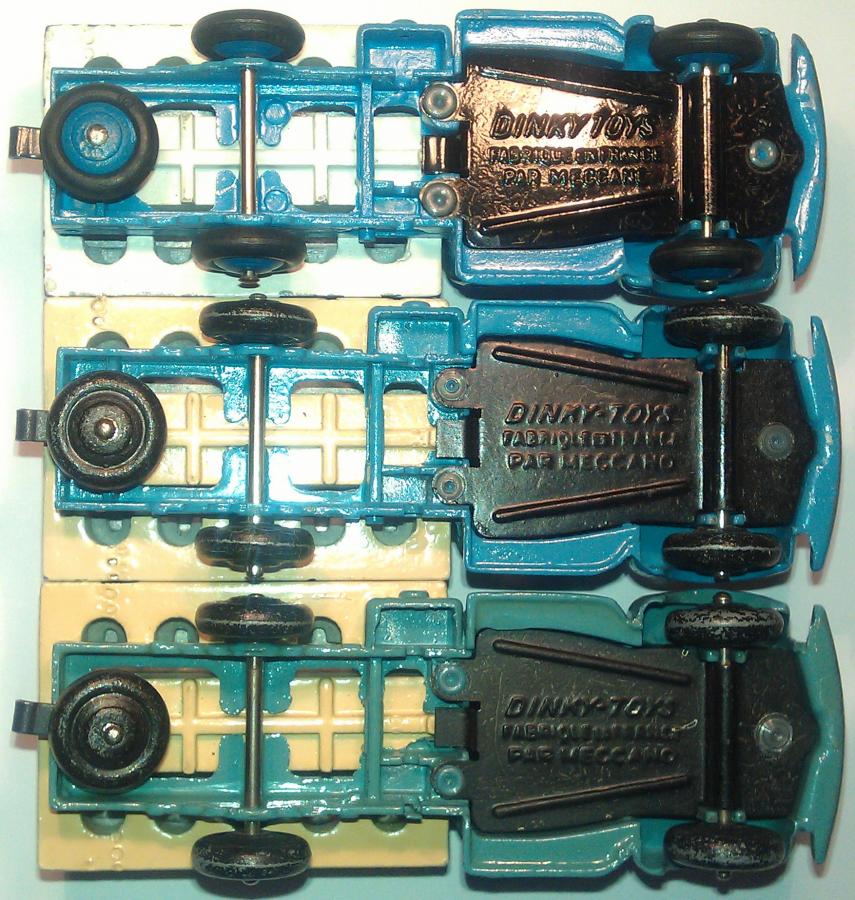




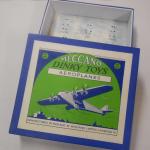



-073 Land Rover, Horse Box and Horse (1960-67)
DTCAwebsite upgrade 2023
DTCAwebsite upgrade 2023
-105c and 383 4-Wheel Hand Truck (1949-1958)
-105c and 383 4-Wheel Hand Truck (1949-1958)
DTCAwebsite upgrade 2023
DTCAwebsite upgrade 2023
DTCAwebsite upgrade 2023
DTCAwebsite upgrade 2023
DTCAwebsite upgrade 2023
DTCAwebsite upgrade 2023
DTCAwebsite upgrade 2023
DTCAwebsite upgrade 2023
DTCAwebsite upgrade 2023
DTCAwebsite upgrade 2023
DTCAwebsite upgrade 2023
DTCAwebsite upgrade 2023
DTCAwebsite upgrade 2023
--22c Motor Truck (1933-50)
--22c Motor Truck (1933-50)
DTCAwebsite upgrade 2023
DTCAwebsite upgrade 2023
Trailer Caravans
Trailer Caravans
DTCAwebsite upgrade 2023
DTCAwebsite upgrade 2023
DTCAwebsite upgrade 2023
DTCAwebsite upgrade 2023
Trailer Caravans
Trailer Caravans
-138 Hillman Imp (1963-73)
-537 Renault 16 TL
-189 Triumph Herald Saloon (1959-64)
-255 Mersey Tunnel Police Van (1955-61)
DTCAwebsite upgrade 2023